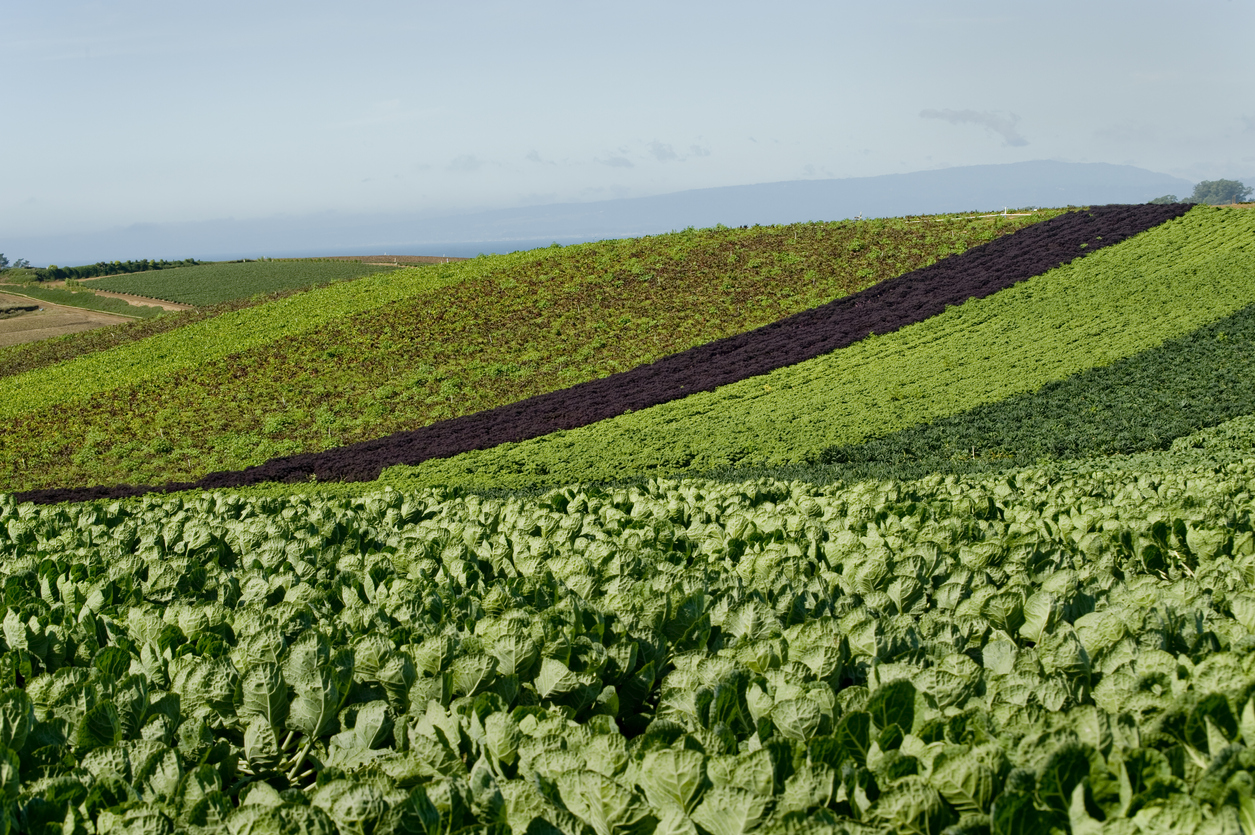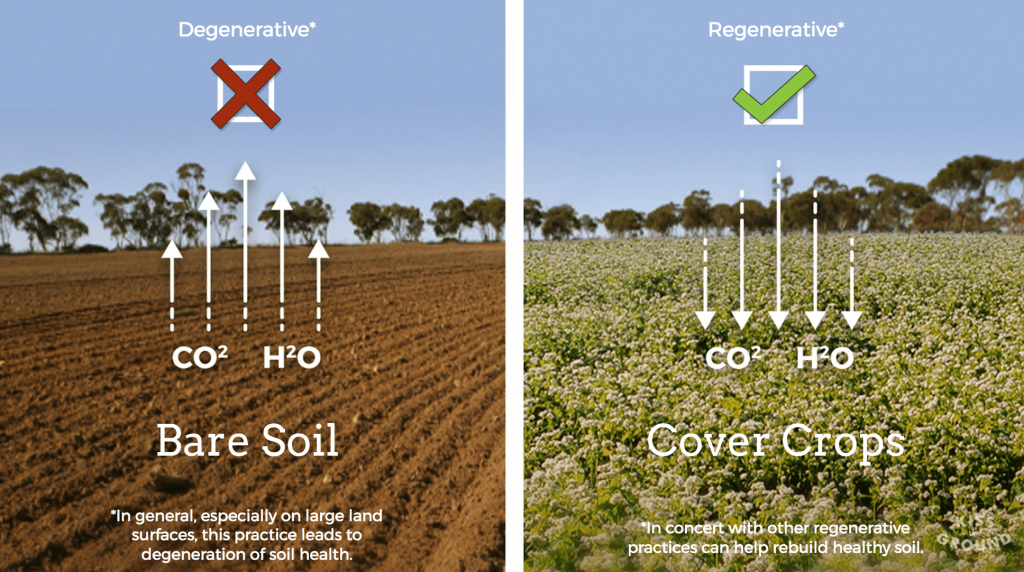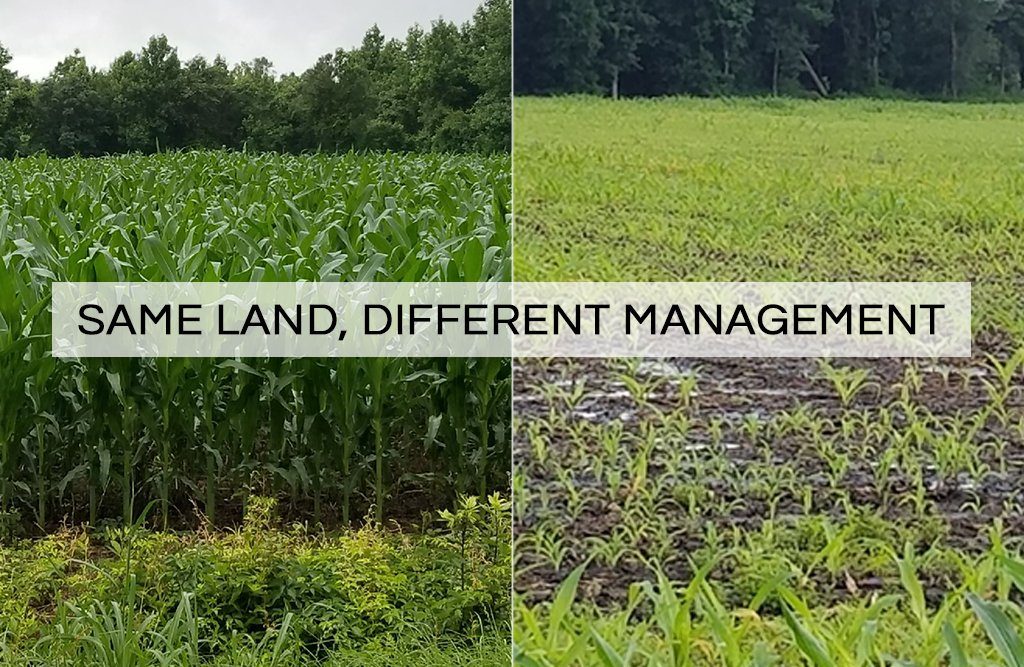
Whole Foods Market, headquartered in Austin, Texas, annually reveals what it considers to be the “Top 10 Food Trends” for upcoming year. The top food trend predictions for 2020 are as follows: regenerative agriculture, flour power, food from West Africa, out-of-the-box-into-the-fridge snacking, plant-based beyond soy, everything butters and spreads, rethinking the kids’ menu, not-so-simple sugars, meat-plant blends, and zero-proof drinks.
They’re not just guessing. More than 50 Whole Foods Market team members including local, regional and global buyers along with trusted culinary experts with years of experience in the food industry compiled this report after studying consumer preferences and participating in food and trade fairs throughout the world.
The one trend that is particularly relevant is Regenerative Agriculture. Sure, most of us in the food industry are familiar with the terms “sustainable” and “organic”, but how much do you know about Regenerative Agriculture and why is it so important? Why is it number one on the trending list for 2020? How does it compare to organic?
Here’s the definition. “Regenerative Agriculture describes farming and grazing practices, that among other benefits reverse climate change by rebuilding soil organic matter and restoring degraded soil biodiversity – resulting in both carbon drawdown and improving the water cycle. Specifically, Regenerative Agriculture is a holistic land management practice that leverages the power of photosynthesis in plants to close the carbon cycle and build soil health, crop resilience and nutrient density.”

Unfortunately, traditional agricultural practices often deplete the nutrients in the soil, and they are not always replenished. Regenerative agriculture however focuses on restoring soil health, improving water management, decreasing synthetic fertilizers and reducing soil erosion.
Corporations, farmers, government agencies and retailers are beginning to take notice…and action. In 2017, General Mills made a three-year 2-million-dollar commitment to the Nature Conservancy, Soil Health Institute and the Soil Health Partnership to support development of tools for members of the farming community and supply chain leaders to achieve widespread adoption of healthy soil practices. As a company, they recognize that the current state of agricultural practices contributes to “our most pressing sustainability challenges” hence their support of regenerative agriculture practices in both organic and conventional agriculture. You can read more about how General Mills is investing in Regenerative Agriculture at https://www.generalmills.com/en/Responsibility/Sustainability/

Additional Benefits of Regenerative Agriculture
- Decrease GHG Emissions: The current industrial food system is responsible for 44-57% of all global greenhouse gas emissions.
- Reverse climate change by increasing carbon soil stocks.
- Improve yields – in cases of extreme weather and climate change, yields on organic farms are significantly higher than conventional farms.
- Create drought-resistant soil: The addition of organic matter to the soil increases the water holding capacity of the soil. Regenerative organic agriculture builds soil organic matter.
- Restore grasslands: One third of the earth’s surface is grasslands, 70% of which have been degraded.
- Improve nutrition: Nutritionists now increasingly insist on the need for more diverse agro-ecosystems, in order to ensure a more diversified nutrient output of the farming systems.
If regenerative farming can do all that it promises, included reversing climate change, it’s no wonder retailers like Whole Foods consider it a top trend for 2020!
Lily Noon
Sources:
- Reverse Climate Change – Read the Rodale Institute Report
- The Carbon Underground
- Regenerative Agriculture Initiative, California State University, Chico
- Regenerative Agriculture Restores the Planet Instead of Depleting It
- Our Top 10 Food Trends for 2020, Whole Foods
- Reversing Climate Change through Regenerative Agriculture, Andre Leu
- What is Regenerative Agriculture? – Regeneration International
- Regenerative Agriculture: Principles, Pioneers+ Does it Really Work?
テキサス州オースティンを本社とするホールフーズ・マーケットは、毎年、次の年の「食のトレンド・トップ10」の予測を発表しています。2020年のリストには、再生農業、粉末食品、西アフリカの食べ物、箱から出してそのまま冷蔵庫で保存できるスナック、大豆以外の植物性食品、バターとスプレッド、お子様メニューの再考、単純でない糖類、動物性と植物性のブレンド、そしてゼロプルーフカクテルが入りました。
ホールフーズのリストは、まったくの当てずっぽうではありません。ローカル、リージョナル、グローバル市場を担当するバイヤーや食品業界で数十年の経験を誇る食のエキスパートたち50人以上から成るチームが、消費者の嗜好を調査し、世界各地の見本市や展示会などを回ったうえで、この報告書をまとめているのです。
なかでも私たちにとって重要なトレンドは、再生農業です。英語では「Regenerative Agriculture」と呼ばれています。業界関係者なら誰もが「サステナブル」や「オーガニック」のことはよくご存じでしょう。でも、再生農業については、あまりご存じないかもしれません。なぜ重要なのでしょうか? なぜ2020年のトレンドのひとつになっているのでしょうか? オーガニックとどこが異なるのでしょうか?
定義は以下のとおりです。「再生農業とは、気候変動を逆戻りさせるなどのさまざまなメリットをもたらす農法および酪農法です。土壌の有機成分を再構築し、劣化した土壌の生物多様性を回復して、二酸化炭素を吸収し、水の循環を改善するといった効果をもたらします。特に再生農業は、ホリスティックな土地管理法であり、植物の光合成の力を利用して、炭素循環のサイクルを完結させ、健全な土壌を作ることで、作物の環境耐性と栄養濃度を高めます」。
残念ながら、これまでの農法はしばしば、土壌の栄養素を消耗し、必ずしも補給しないまま放置してきました。しかし、再生農業は、土壌の健康を回復させ、水の管理を改善し、合成肥料の使用を減らし、土地の侵食を食い止めます。
企業や農業生産者だけでなく、行政機関や小売店もが、認識を高めて行動を取るようになっています。2017年、穀物メーカー大手のゼネラル・ミルズは、自然保護団体のネイチャー・コンサーバンシー、ソイル・ヘルス・インスティテュート、およびソイル・ヘルス・パートナーシップに対して3年間で200万ドルを寄付すると約束しました。農業生産者とサプライチェーンの関係者に健全な土壌管理法を浸透させるためのツールの開発を支援するためです。ゼネラル・ミルズは、現在の農法が「私たちにとって最も切迫したサステナビリティ課題」に加担していることを認めていて、オーガニックと非オーガニックのどちらにおいても再生農業をサポートしたいとしているのです。同社による再生農業への投資については、次のウェブサイトで詳しく読むことができます:https://www.generalmills.com/en/Responsibility/Sustainability/
再生農業がもたらす他のメリット
- 温室効果ガスの排出を削減する:食品産業の温室効果ガス排出量は、現時点で全世界の排出量の44~57%を占めています。
- 土壌の二酸化炭素貯留量を高めることで、気候変動を逆戻りさせる。
- 生産量を拡大する:異常気象や気候変動の影響がある場合に、オーガニック農法は非オーガニック農法と比べ、作物の生産量がはるかに多くなります。
- 干ばつ耐性の高い土壌を作る:有機成分を土壌に加えることで、土壌が多くの水分を蓄えておけるようになります。オーガニックの再生農業は、土壌の有機成分を再構築します。
- 草地を回復させる:地表の3分の1は草地ですが、その70%は劣化しています。
- 栄養価を向上させる:農作物からもっと多様な栄養を得られるようにするため、農業生態系の多様性を高める必要があると、多くの栄養士が訴えるようになっています。
再生農業が気候変動を逆戻りさせるといった約束をすべてかなえてくれるのであれば、ホールフーズのような小売店が2020年のトレンドに挙げるのも、まったく驚きではありません!
Lily Noon
出典:
- Reverse Climate Change – Read the Rodale Institute Report(気候変動を逆戻りさせる ― ロダール・インスティテュートの報告書から)
- The Carbon Underground(地中の炭素)
- Regenerative Agriculture Initiative, California State University, Chico(再生農業イニシアチブ、カリフォルニア州立大学チコ校)
- Regenerative Agriculture Restores the Planet Instead of Depleting It(地球を枯渇させずに回復させる再生農業)
- Our Top 10 Food Trends for 2020, Whole Foods(2020年の食のトレンド・トップ10、ホール・フーズ)
- Reversing Climate Change through Regenerative Agriculture, Andre Leu(再生農業で気候変動を逆戻りさせる、アンドレ・ルー)
- What is Regenerative Agriculture? – Regeneration International(再生農業とは何か ― リジェネレーション・インターナショナル)
- Regenerative Agriculture: Principles, Pioneers+ Does it Really Work?(再生農業:理念、パイオニア、本当に効果があるのか)
